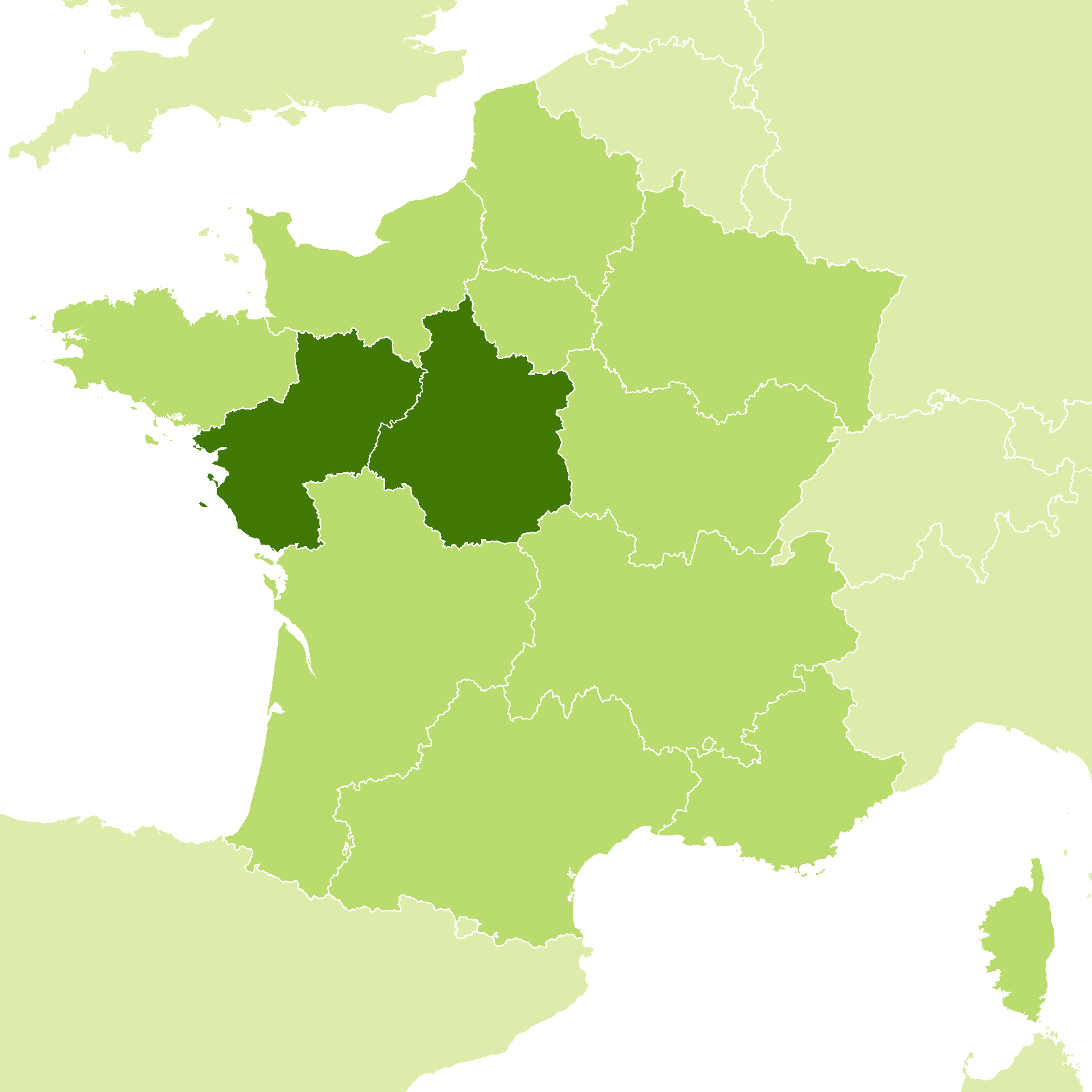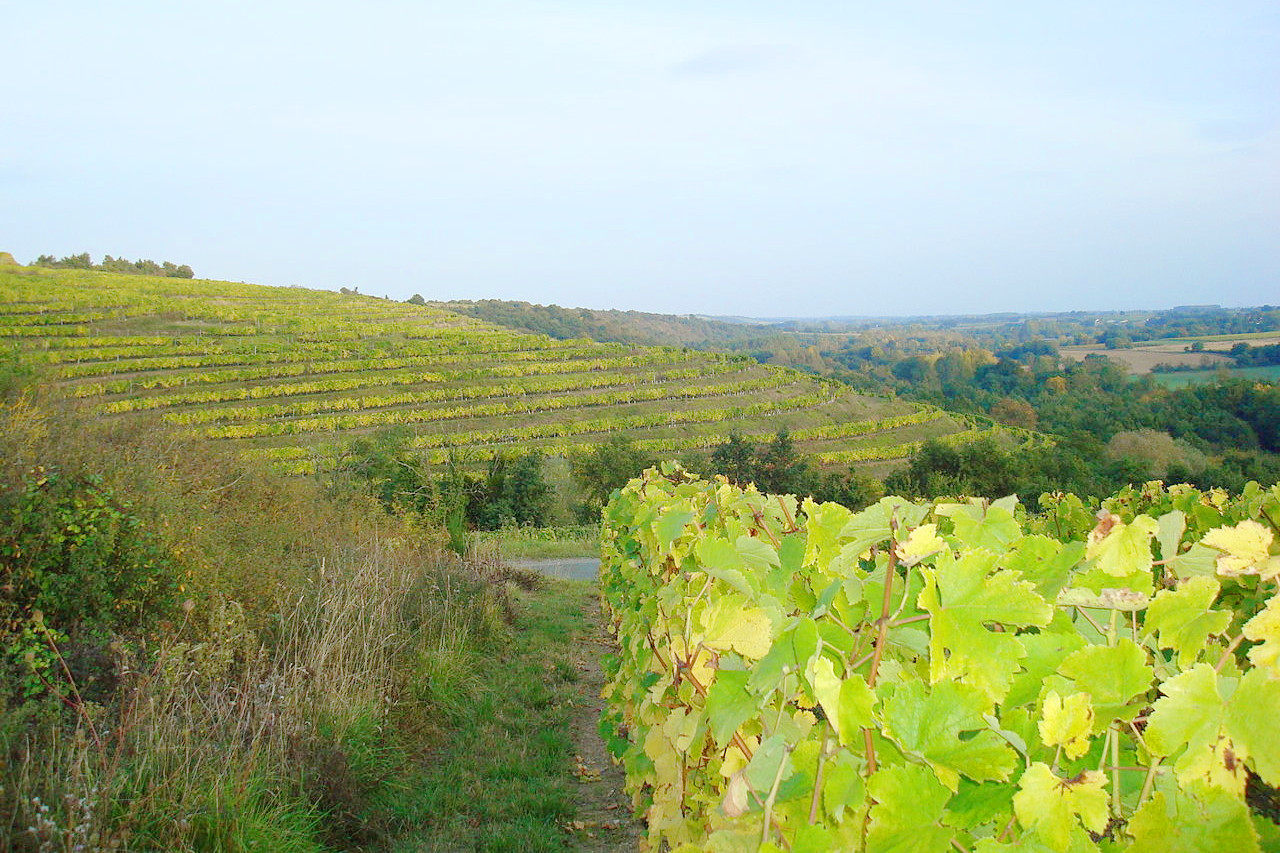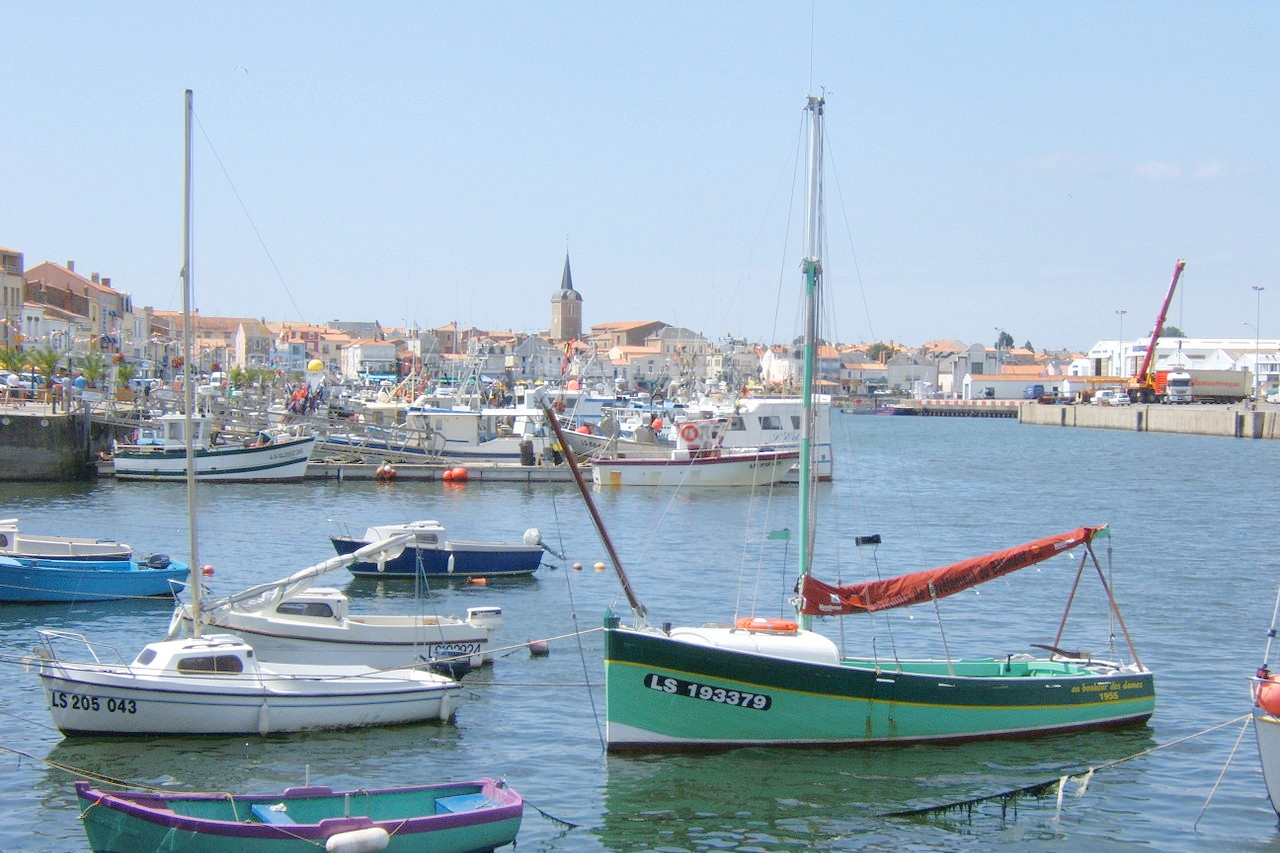The Geography of the
Loire Valley
The Loire valley has been styled "the garden of France;" with golden vineyards, blooming orchards, yellow cornfields. Here the river Loire flows past five centuries of history—the provinces of the Loire, especially Touraine, were the chosen residence of her kings down to Louis XIV. The Loire valley is thus famous for its châteaux—Amboise, Blois, Chenonceau, Chinon, and the vast and castellated Chambord, bristling with turrets and pinnacles. It is a region of crammed with history: it was here that Joan of Arc first unfurled her victorious banner.
Contents
Map
 Relief map of the Loire Valley
Relief map of the Loire Valley
What is the landscape of the Loire valley like?
No visit to France is really complete without a trip through the Chateau country. The beautiful Loire valley, where the French aristocracy once built chateaux—especially between the fifteenth and eighteenth centuries—as a testament to their wealth and power, runs through the region. There was much competition in those days to raise bigger and finer edifices. This is another district of which any brief description must sound like an extract from a gazetteer. Chambord, Chenonceau, Blois, Cheverny, Loches, Langeais and Azay-le-Rideau are our favourites, but there are many more.
Some of the chateaux are furnished in magnificent style; some are in ruins; others are visited for their architectural interest. Villandry is famous for its Spanish Museum, its beautiful gardens. Chenonceaux, one of the most famous chateaux, was given to Diane de Poitiers by Henry II. Blois contains an ornate staircase in its inner court. Here, too, is the death chamber of Catherine de Medici, and her private chapel. Amboise is furnished with period pieces, Ambusson tapestries; there is an interesting collection of 15th- and 16th-century armors in the guardroom. Chambord is an enormous place with 440 rooms. There are innumerable turrets and spires, a wall surrounding the gardens and an estate which is the largest in France.
Chartres is the home of the famous thirteenth-century Cathédrale Notre Dame, with its two soaring spires (one Gothic and one Romanesque) that are visible from miles away across the farmland. The cathedral is an awe-inspiring masterpiece, with its stained-glass windows and Gothic sculptures.
The Loire valley, too, is the "garden of France." Flowers, vegetables, and fruits thrive here in the rich soil deposited by the Loire and its tributaries. In this "garden" the light is different from that of other nearby regions, such as the Île-de-France and Normandy. Artists such as Leonardo da Vinci noted this centuries ago. In 1516 King François I invited da Vinci to France and to Amboise in the Loire valley, where they discussed art and science. Da Vinci died in 1519 in the castle of Cloux near Amboise. He left behind the masterpiece the Mona Lisa , a portrait of a Florentine merchant’s wife, a woman with an enigmatic smile. This famous painting is now on display in the Louvre in Paris.
What is the nature of the Loire valley like?
For centuries the Loire Valley has been known for its rural and agricultural character, especially the vineyards with their fields of grapes. Geographically the region is one of plateaus and valleys, especially around the Loire River. Forests cover up to one-quarter of the region, with some areas much more heavily wooded than others. Roughly forty percent of the area known as the Sologne in the east of the region and south of Orléans is forested; it includes the Forêt d’Orléans, one of the largest forests in France. The area north of the Forêt d’Orléans includes a number of open fields. Farmland subdivided by hedges and trees can be found in the south.
What is the climate of the Loire valley like?
The Atlantic coast is influenced by the Gulf Stream and therefore the weather is relatively mild, with few hot spells and little frost. Along the Loire valley The climate is relatively mild, with the influence of the Atlantic Ocean making for mild winters. autumn is a beautiful season for visiting this area. South of the Loire valley the climate is dominated by a mixture of continental and coastal influences. In general, winters are relatively cold and spring is late; however, summers and autumn are long and sunny.
| Climate data for Tours (1981–2010) | |||||||||||||
|---|---|---|---|---|---|---|---|---|---|---|---|---|---|
| Month | Jan | Feb | Mar | Apr | May | Jun | Jul | Aug | Sep | Oct | Nov | Dec | Year |
| Average high °C (°F) | 7.3 (45.1) | 8.5 (47.3) | 12.3 (54.1) | 15.2 (59.4) | 19.1 (66.4) | 22.8 (73.0) | 25.5 (77.9) | 25.4 (77.7) | 21.8 (71.2) | 16.8 (62.2) | 10.9 (51.6) | 7.5 (45.5) | 16.1 (61.0) |
| Daily mean °C (°F) | 4.7 (40.5) | 5.2 (41.4) | 8.1 (46.6) | 10.4 (50.7) | 14.2 (57.6) | 17.5 (63.5) | 19.8 (67.6) | 19.6 (67.3) | 16.5 (61.7) | 12.7 (54.9) | 7.8 (46.0) | 5.0 (41.0) | 11.8 (53.2) |
| Average low °C (°F) | 2.0 (35.6) | 1.9 (35.4) | 3.9 (39.0) | 5.6 (42.1) | 9.2 (48.6) | 12.1 (53.8) | 14.0 (57.2) | 13.7 (56.7) | 11.1 (52.0) | 8.6 (47.5) | 4.6 (40.3) | 2.5 (36.5) | 7.5 (45.5) |
| Average precipitation mm (inches) | 66.2 (2.61) | 55.8 (2.20) | 50.3 (1.98) | 55.8 (2.20) | 62.3 (2.45) | 46.1 (1.81) | 53.2 (2.09) | 42.5 (1.67) | 53.2 (2.09) | 70.9 (2.79) | 68.0 (2.68) | 71.3 (2.81) | 695.6 (27.39) |
| Source: Meteo France | |||||||||||||
The official websites
Val de Loire

The garden of France
| Location: | North-central France, on the Atlantic coast |
| Coordinates: | 47° 30′ N, 0° 30′ E |
| Size: | • 295 km N-S; 425 km E-W • 185 miles N-S; 265 miles E-W |
| Terrain: | Low, gently rolling countryside |
| Climate: | Warm maritime climate with hot summers and cool winters |
| Highest point: | Le Magnoux 504 m / 1,654 ft |
| Forest: | 21% (2010 est.) (source) |
| Population: | 6,379,641 (2019) |
| Population density: | Low (93/km²) |
| Capital: | — |
| Languages: | French |
| Human Development Index: | High (0.886) |
_croix_D105_-_C10.jpg)

